
Industrial effluent treatment systems constitute a fundamental component of sustainable industrial operations, ensuring that wastewater generated from manufacturing processes undergoes proper treatment before discharge. These systems are designed to eliminate hazardous contaminants, thereby safeguarding both environmental and public health. With increasing global emphasis on sustainability, industries are compelled to adopt innovative wastewater treatment solutions that not only meet regulatory standards but also contribute to resource conservation and circular economy principles.
Malaysia, as an emerging industrial hub, faces critical challenges in managing industrial wastewater. This article examines the prevailing issues in industrial effluent management, explores advancements in treatment technologies, and highlights successful case studies demonstrating their implementation in Malaysia. By integrating sophisticated wastewater treatment solutions, industries can achieve sustainability objectives, maintain regulatory compliance, and enhance operational efficiency while mitigating ecological harm.
Current Challenges in Industrial Effluent Management
Common Issues in Industrial Effluent Discharge
The industrial sector in Malaysia generates significant volumes of wastewater laden with heavy metals, toxic chemicals, and complex organic pollutants. If improperly treated, these effluents pose severe risks to aquatic ecosystems and human populations through contamination of water bodies and bioaccumulation in the food chain (Ahmad et al., 2021).
Regulatory Pressures anda Environmental Compliance
Malaysia enforces stringent environmental regulations, including the Environmental Quality Act 1974 and the Industrial Effluent Regulations 2009, under the jurisdiction of the Department of Environment (DOE). Industries that fail to adhere to these legal frameworks may face financial penalties, legal action, or operational restrictions (DOE Malaysia, 2023).
Impact of Untreated Effluent on the Environment and Public Health
Untreated industrial effluent exacerbates water pollution, reduces biodiversity, and leads to adverse health outcomes. Toxic contaminants such as heavy metals and persistent organic pollutants accumulate within aquatic organisms, subsequently entering the human food chain and increasing the prevalence of diseases associated with long-term exposure (World Health Organization [WHO], 2022).
Our Innovative Wastewater Treatment Technologies
To address these challenges, Cheme Advance help our clients and partners by using these industrial wastewater treatment technologies that enhance process efficiency and environmental sustainability.
Notable innovations include:
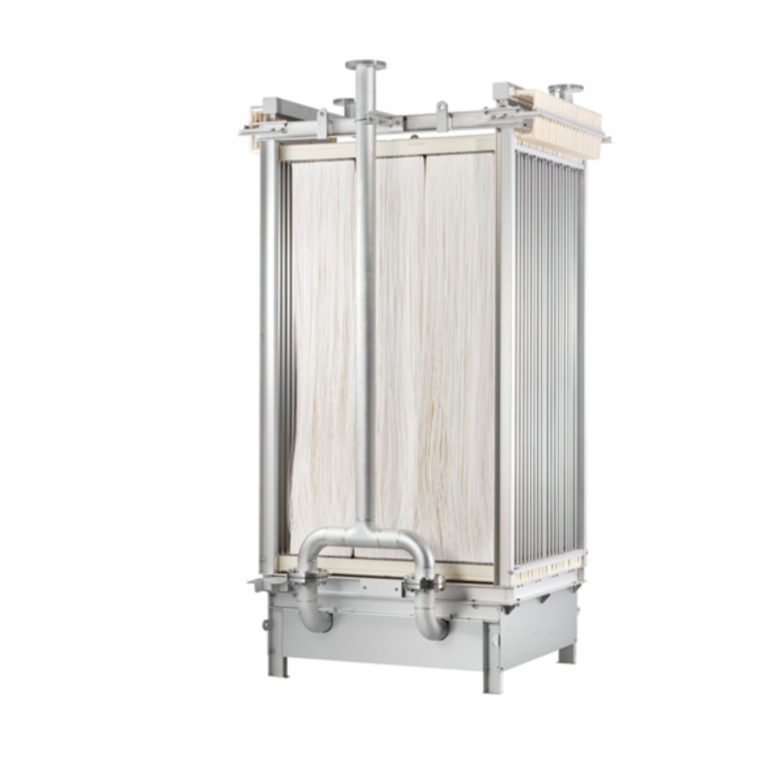
1. Membrane Bioreactors (MBR)
Membrane bioreactor technology integrates biological treatment with membrane filtration, enabling superior pollutant removal. This technology offers multiple advantages, including higher effluent quality, compact system design, and reduced sludge production, making it a preferable alternative to conventional methods (Ng et al., 2022).
2. Turbo Blower Technology
Turbo blowers are high-efficiency aeration devices used in biological treatment processes. They offer:
- Energy savings through advanced design and optimized airflow.
- Reduced operational costs due to lower power consumption compared to Roots blower.
- Enhanced oxygen transfer for improved microbial activity in wastewater treatment (Chong & Lee, 2023).
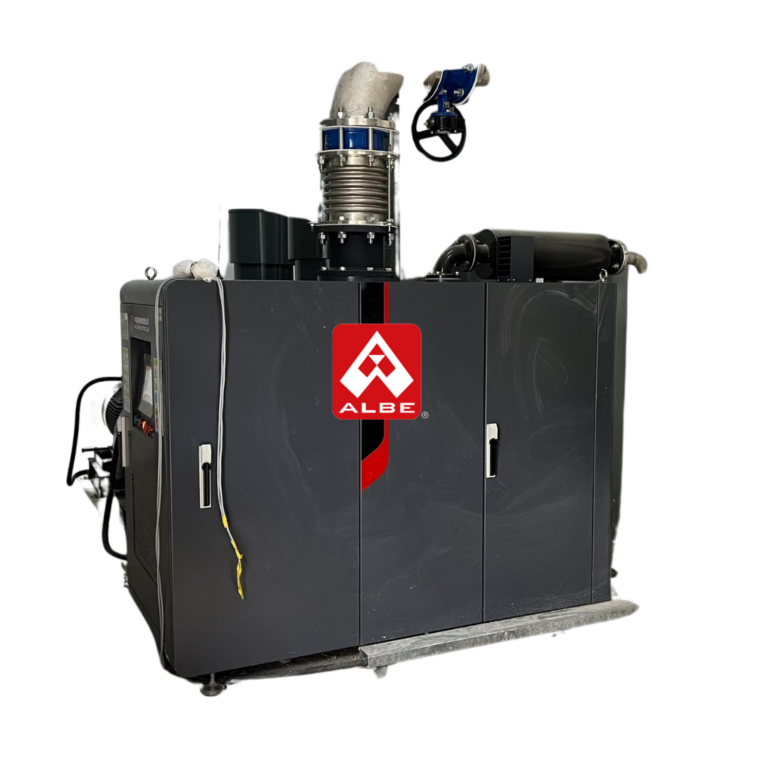
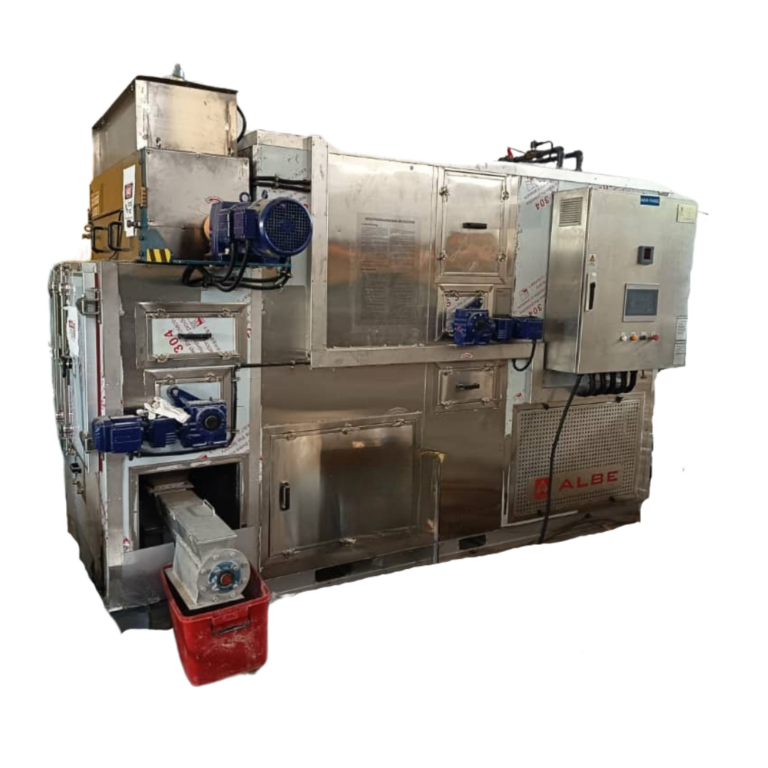
3. Low-Temperature Sludge Dryer
Low-temperature sludge dryers dewater and dry sludge at lower heat levels, preserving energy and reducing emissions. Key benefits include:
- Minimized volume of waste sludge for disposal.
- Reduced odor and pathogen content in dried sludge.
Case Studies of Successful Implementations by Cheme Advance Services
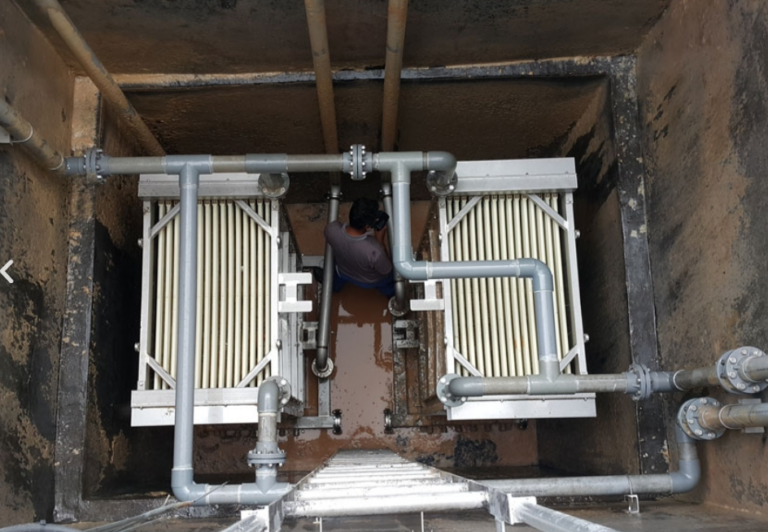
Project Information
Industry : Food (Chili Sauce) Manufacturer
Location : Klang, Selangor
Capacity : 730m3/day Wastewater Treatment Plant
Project Period : 2013
Scope of Work : Design, Fabricate, Deliver,Construction & Installation, Testing & Commissioning, Notification to DOE
Innovative Technology : Membrane Bioreactor(MBR)
Project Information
Industry : Dairy Products Manufacturer
Location : Kuala Langat, Selangor
Capacity : 40m3/hr Wastewater Treatment Plant
Project Period : December 2014 – March 2014
Scope of Work : Design, Fabricate, Deliver, Construction & Installation, Testing & Commissioning, Notification to DOE
Innovative Technology : Circular DAF, Membrane Bioreactor (MBR) & Volute Dewatering Screw Press
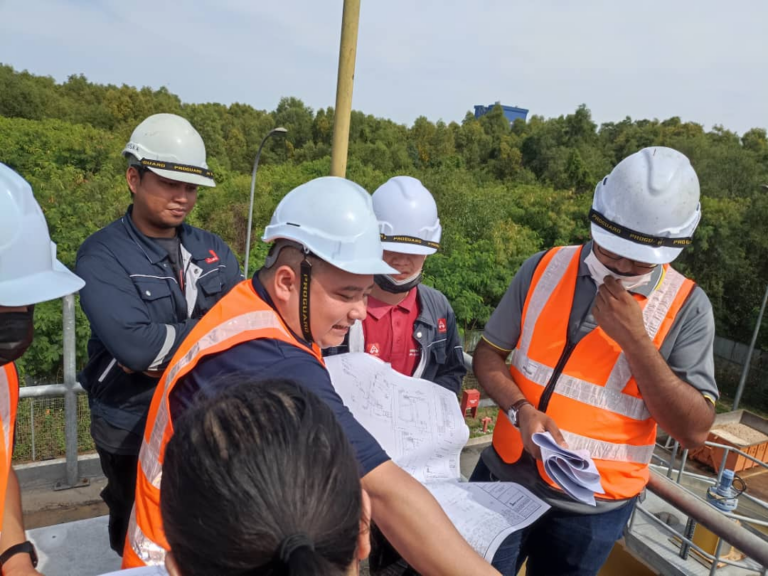
Advantages of Adopting Innovative Industrial Effluent Treatment Systems
The integration of cutting-edge effluent treatment solutions offers multiple advantages:
- Enhanced Sustainability: Advanced treatment methodologies minimize pollution and optimize water conservation efforts.
- Economic Efficiency: Implementation of modern technologies reduces operational expenditures and promotes resource efficiency.
- Regulatory Compliance: Proactive adoption of innovative treatment systems ensures industries meet Malaysia’s stringent environmental policies.
- Corporate Social Responsibility (CSR): Sustainable industrial practices bolster corporate reputation, fostering consumer and stakeholder confidence (Tan & Wong, 2023).
Conclusion
Innovative industrial effluent treatment technologies are indispensable for sustainable industrial development in Malaysia. By embracing MBR, Turbo Blower, and Low-Temperature Sludge dryer technologies, industries can significantly mitigate environmental impact, ensure compliance with evolving regulations, and improve operational resilience.
As regulatory frameworks become more rigorous, it is imperative for industries to proactively invest in state-of-the-art wastewater treatment solutions. These strategic investments not only align with environmental sustainability goals but also reinforce corporate commitment to responsible industrial practices.
How is your industry addressing wastewater management challenges? If you are facing challenges with your industrial effluent systems feel free to contact us now!
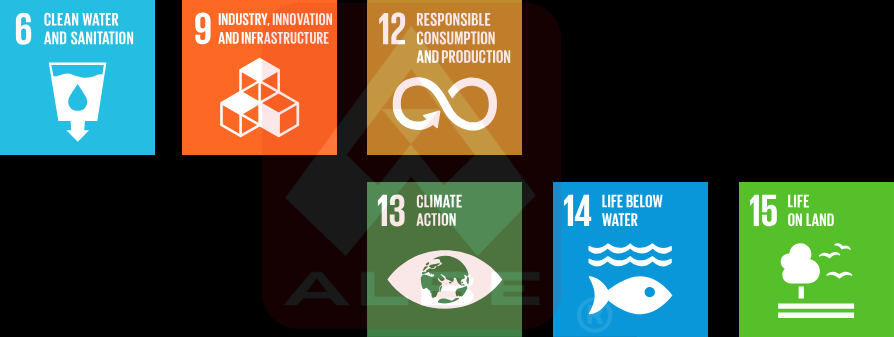
Reference
- Ahmad, T., Hamid, S. B. A., & Rahim, A. A. (2021). Industrial wastewater management: Challenges and opportunities. Journal of Water Research, 45(3), 456-472.
- Chong, Y. H., & Lee, K. S. (2023). Energy-efficient aeration systems in wastewater treatment. Environmental Management Journal, 12(2), 123-139.
- Department of Environment Malaysia. (2023). Industrial effluent management regulations. https://www.doe.gov.my
- Halim, R., Kamaruddin, M. F., & Jamil, M. H. (2021). Sustainable wastewater treatment in the palm oil industry. Sustainable Technologies Review, 8(4), 89-102.
- Ng, W. J., Lim, S. F., & Tan, J. P. (2022). Membrane bioreactor technology for industrial wastewater treatment. Water and Environment Journal, 16(3), 234-250.
- Rahman, N. A., Ismail, H., & Fauzi, S. N. (2022). Chemical processing and wastewater treatment innovations. Industrial Chemistry Journal, 10(3), 178-195.
- Tan, E. C., & Wong, H. Y. (2023). Environmental compliance and corporate responsibility in Malaysia. Sustainability and Business Ethics Review, 14(2), 98-121.
- World Health Organization. (2022). Water pollution and its impact on public health. https://www.who.int

